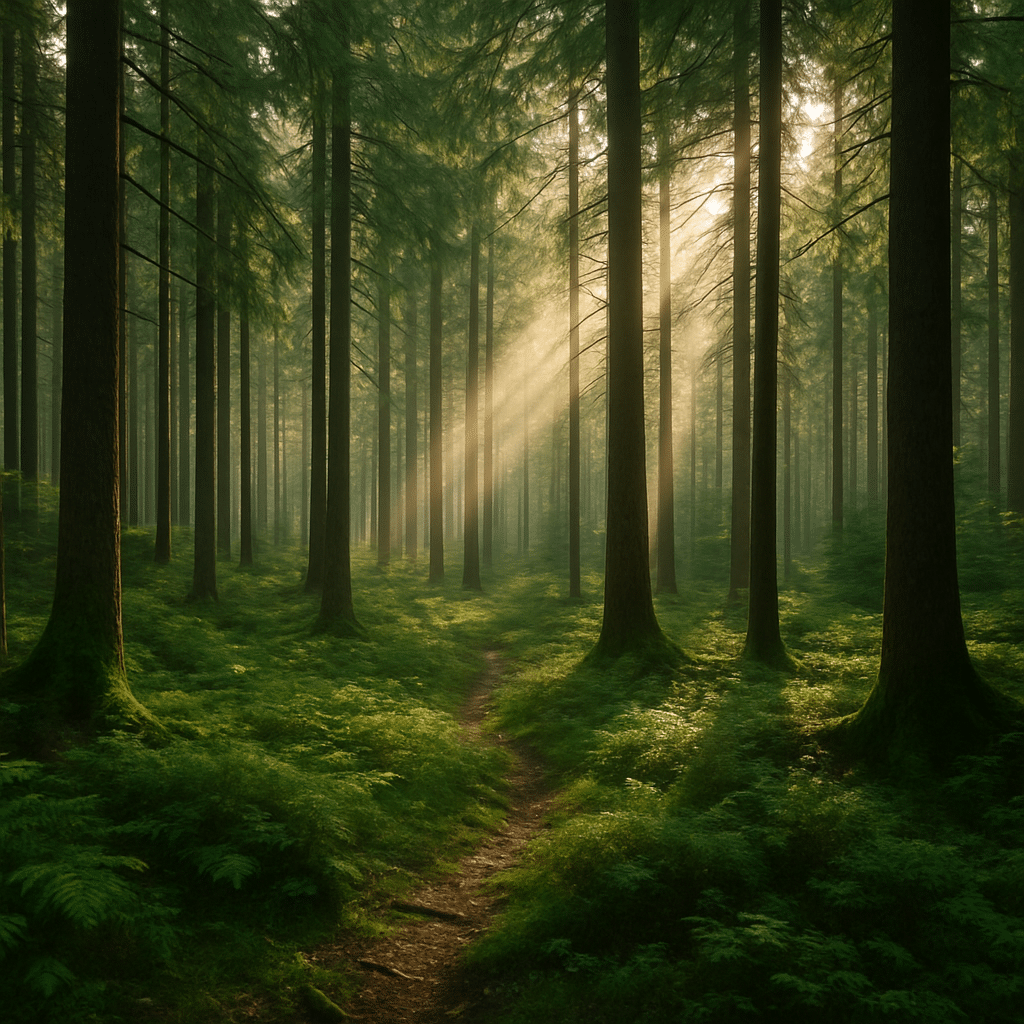The Rise of Memorial Forests
Traditional funerals are shifting. As environmental awareness grows, many people are looking for meaningful, sustainable alternatives to burial and cremation. Memorial forests are emerging as a powerful new choice. These forests let individuals become part of nature by turning ashes into nourishment for trees, creating a peaceful, living memorial that supports the planet.
What Is a Memorial Forest?
A memorial forest is a protected natural area where cremated remains are returned to the earth at the base of a tree. Instead of a headstone in a cemetery, the tree itself becomes the marker of a life well lived. Ashes are often placed in biodegradable urns designed to mix with soil and support healthy tree growth.
Environmental Benefits
-
Restores Nature: Every tree planted helps rebuild natural habitats and supports biodiversity.
-
Reduces Carbon Footprint: Trees absorb carbon dioxide, helping offset emissions tied to end-of-life processes.
-
Uses Less Land: Memorial forests avoid the land and resource demands of traditional cemeteries.
-
No Toxic Chemicals: Unlike embalming, which uses formaldehyde and other harmful substances, this method is free of toxins.
-
Permanent Conservation: Many forests are protected spaces, ensuring the land remains undeveloped and preserved.
How It Works
The process of turning ashes into a living tree varies slightly between organizations, but it generally includes the following steps:
-
Choose Your Tree: Select a tree species that feels meaningful, often from a list of native or regionally appropriate options.
-
Select a Spot: Families can choose a specific location in the forest, sometimes with private ceremonies.
-
Prepare the Remains: Ashes are combined with nutrient-rich soil, sometimes in a biodegradable urn.
-
Tree Planting or Placement: Depending on the organization, a new tree may be planted or an existing one may be dedicated to the individual.
-
Commemoration: Many forests provide digital memorials, markers, or engraved plaques to remember the person.
Pioneers in the Space
Several companies and nonprofits have taken the lead in bringing memorial forests to life:
-
Better Place Forests offers conservation memorial forests across the United States. Families choose a private tree and spread ashes at its base during a guided ceremony.
-
The Living Urn provides biodegradable urns that can be used anywhere, allowing families to grow trees in honor of loved ones at home or in designated green burial areas.
-
EcoEternity Forests focus on natural forest conservation and family memorial plots, often used in partnership with land trusts or campgrounds.
Personal and Cultural Meaning
Memorial forests are more than environmentally conscious—they are emotionally powerful.
-
A Living Legacy: A tree grows and thrives, carrying forward the story of a person’s life.
-
Natural Comfort: Many find peace and healing in nature, and being able to visit a tree instead of a gravestone can be deeply soothing.
-
Cultural Shift: As society becomes more mindful of sustainability and simpler living, end-of-life choices are evolving in response.
Considerations Before Choosing
While memorial forests are a beautiful option, here are some things to think about before making a decision:
-
Legal Requirements: Cremated remains are regulated differently across states and countries. Always verify that the provider is following local laws.
-
Cost Comparison: Prices can vary widely depending on the forest location, the tree selected, and the services included. However, many find this route to be more affordable than traditional funerals.
-
Long-Term Access: Choose a provider that guarantees land conservation so you or your family can continue to visit the site for generations.
The Future of Green Goodbyes
Memorial forests represent a growing movement toward simplicity, sustainability, and meaning in death care. As people look for alternatives to traditional burial and cremation, the idea of returning to the earth and giving life back through a tree has resonated.
They are not just about where we end up—they’re about what we leave behind. A memorial tree does not fade. It grows taller. It offers shade. It feeds wildlife. It becomes part of a forest that tells stories not of loss, but of life continuing in a new form.
If you have feedback, questions, or ideas for future articles or Information Hubs, please contact us. Your insights help us create valuable content.


